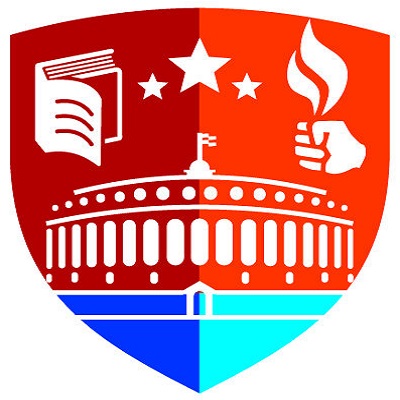Do you think that after the Reorganization Act union territory Ladakh has limited participatory democracy? Comment (200 Words)
Refer - The Hindu
Enrich the answer from other sources, if the question demands.

IAS Parliament 3 years
KEY POINTS
· Just a day before the Jammu and Kashmir Reorganisation Act of 2019 was passed, Ladakh enjoyed a classical three-tier administrative system.
· The Autonomous Hill Development Councils of Leh and Kargil read along with the framework of J&K’s special status and its bicameral legislative system gave Ladakh autonomy and participatory democracy.
· The Hill Councils, the biggest elected bodies in Ladakh, were further enabled by the State government through the State Assembly and both the institutions worked in a synchronised manner.
· The Hill Councils had the powers over land in Ladakh while the majority of the bigger concerns regarding land remained protected under Article 370 and J&K’s robust land protection laws.
· There is no Public Service Commission in Ladakh and the Hill Councils’ power to make recruitments at the district level has also been affected by the Lieutenant Governor (LG)’s presence.
· The LG’s office has followed a corporate model of working a majority of the officers are of the Hill Councils and the rest have been recruited through outsourcing agencies.
· The fact that the LG’s office has not been able to strike a chord with the people of Ladakh is best manifested by the emergence of two major groups in Ladakh: The Apex Body Leh and the Kargil Democratic Alliance.
Rekha 3 years
Kindly review mam/ sir

IAS Parliament 3 years
Avoid listing out points and explain them briefly and bring coherence in the answer. Keep Writing.

K. V. A 3 years
Kindly review

IAS Parliament 3 years
Good attempt. Keep Writing.